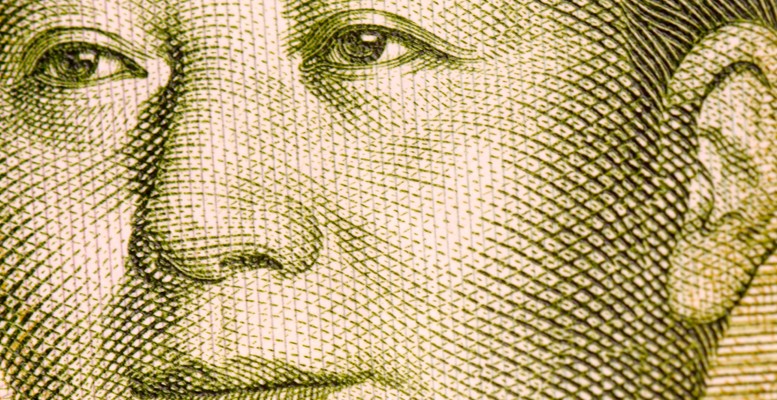The People’s Bank of China (PBOC) devalued the yuan to 6.3238 from 6.2099 to try to curb the decline in exports (-8.3% y/y) and imports (-8.1% y/y). This is the sharpest devaluation of the Chinese currency in the last two decades.
According to the PBOC, ‘the yuan central parity rate has deviated from the market rate to a great extent and over a long time, which has weakened its status as a reference.’ With this measure, the PBOC aims to get the yuan parity against the dollar closer to the real trading rate, giving scope to their adjustments based on supply and demand.
Barclays FX analysts think that China’s move marks a major change in the process of determining the exchange rate. They expect the fixing to be much more dependent on the market and think its performance could be more volatile and potentially weaker than before.
The dollar/yuan exchange rate had remained stable since March in order to increase its international appeal and become part of the IMF’s Special Drawing Rights currency basket.
But last week, IMF staff recommended delaying the decision on whether or not to include the yuan in the benchmark currency basket until 2016. The initial plan was for a decision to be taken after the summer.





